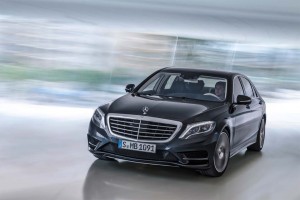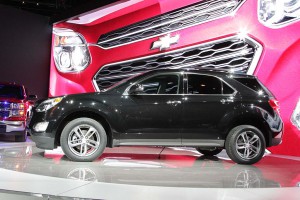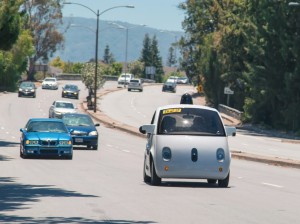Ride-sharing service Uber has reportedly placed an order for at least 100,000 Mercedes-Benz S-Class sedans.
Neither Uber nor Mercedes’ parent Daimler AG responded to a request for comment, and it’s not quite clear how soon the vehicles will be delivered, but according to Germany’s Manager Magazin, it is a “long-term” order.
Also unclear is how the luxury sedans would be used by the world’s largest ride-sharing service. Until now, Uber drivers have been required to provide their own vehicles.
But this could be part of an effort to increase business for Uber’s more upscale option. Customers can choose the level of service they want – with prices varying accordingly. Most opt for the base Uber X, though there also are more expensive Select, Black Car and SUV options.
How the vehicles would be used by Uber and its contract driver network is unclear. Currently, drivers sign up, go through a security vetting process and then largely set their own schedule roaming the streets, letting Uber challenge traditional taxi and limo services. The company sets basic standards for the vehicles drivers can use, such as age and condition, but they are privately owned.
The move to order at least 100,000 Mercedes S-Class sedans would thus be a big shift in direction, but not entirely unprecedented.
General Motors, which earlier this year invested $500 million in Uber’s main competitor, Lyft, has announced a new program called Express Drive. It will allow Lyft drivers in select cities, starting in Chicago, to lease a vehicle at just $99 a week, including insurance. If they log enough rides the fee would be waived. Initially, the program will offer Chevrolet Equinox SUVs but it is later expected to add the new Chevrolet Bolt battery-electric vehicle.
(For more on the GM/Lyft Express Drive program, Click Here.)
It remains to be seen how Uber would put the S-Class sedans into its fleet, whether by offering a similar lease deal for drivers or coming up with an alternative approach. But the luxury cars could help it become an even more direct competitor to limousine fleets, especially those that service airports around the world.
Uber previously expressed interest in buying vehicles, but it was focusing on driverless models, a move that would radically shift its business model. Once such vehicles would become available the company could stop using contract human drivers and simply field fleets of driverless cars.
(Click Here to see why car- and ride-sharing services aren’t likely to crimp new car sales.)
The first autonomous vehicles are expected to go on sale around the beginning of the next decade. But they are likely to require a human to sit behind the wheel waiting to take control in an emergency. It could take a decade or more before fully driverless vehicles are ready for production, though tech giant Google is hoping to field test a small number of such models within the next year or two.
(Gas prices surge as driving season gets underway. Click Here for the story.)



